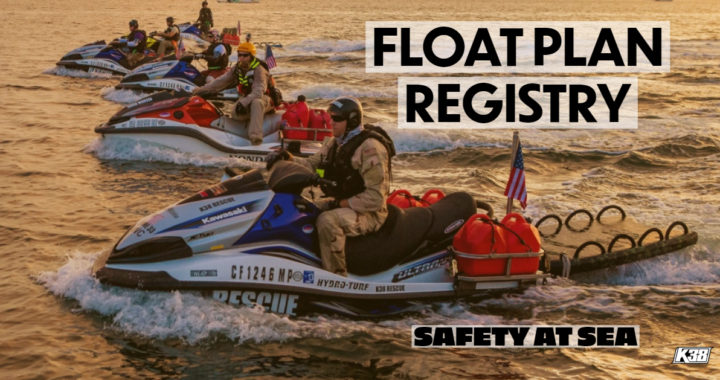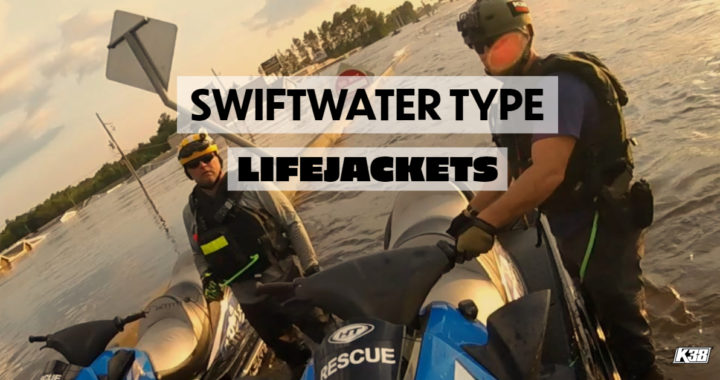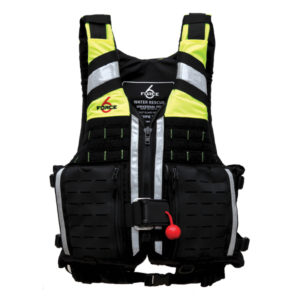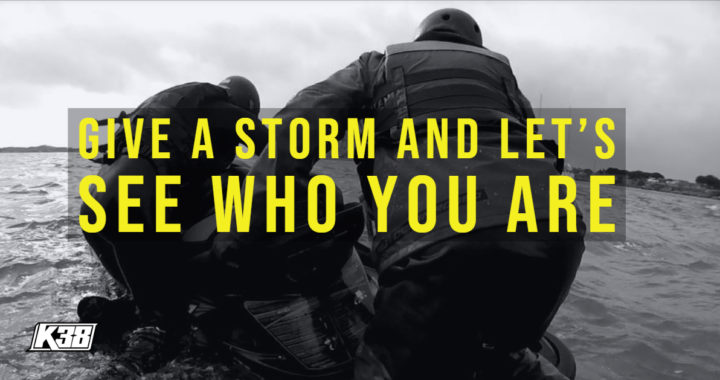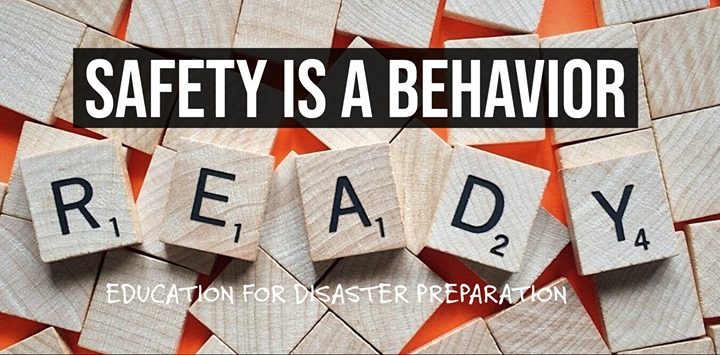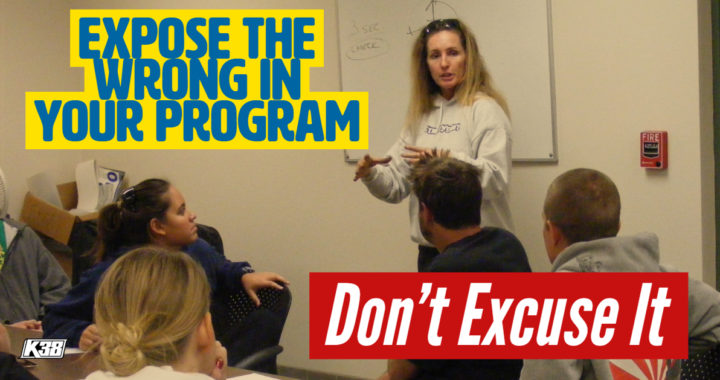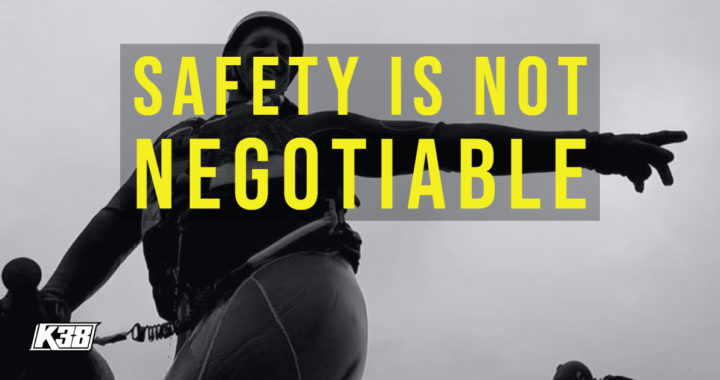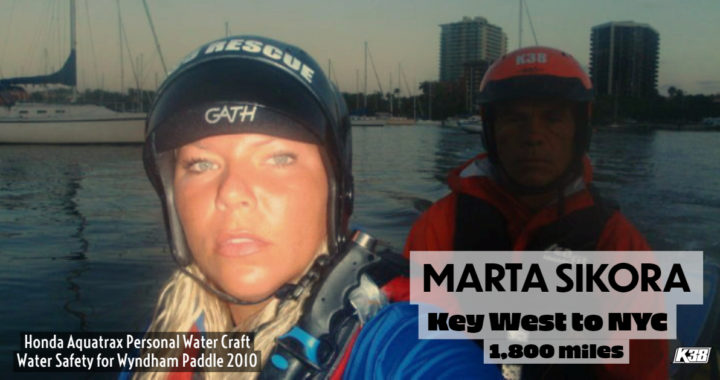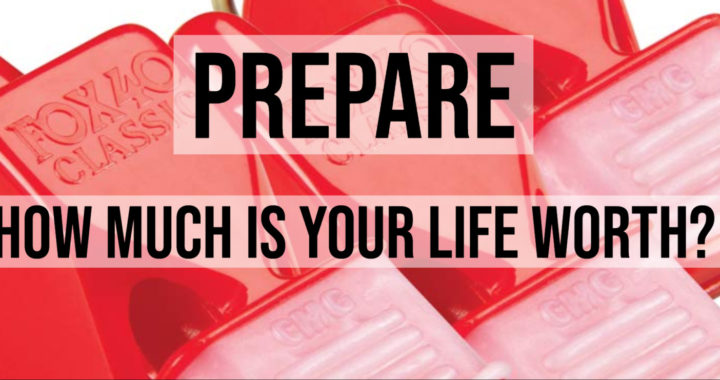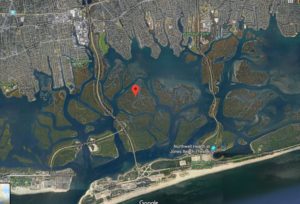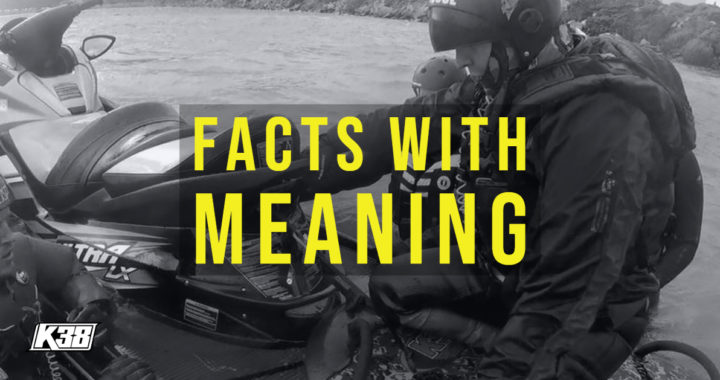WHAT IS IT?
If you plan to venture offshore or a casual local ride you need to file a float plan!
This is the surest way to protect your safety underway by using this simple online digital float plan process. This does not take up much of your time but can be invaluable in case of an emergency for you or your loved ones.
Float plans used to be filled out by a piece of paper, now using this APP a digital alert is sent out and its easier to control the communication flow.
How many Personal Water Craft riders get underway, have a problem and no communication device and suddenly the situation appears dire? Float plans have been used for years, traditionally you would hand a copy to the Harbor Master and your friends. This APP speeds up the process and security.
THE CREATOR
About Jim Young
‘A part-time boater and full-time software developer in the Pacific Northwest.
I've spent the last 20+ years building software. Now, I'm combining two things I love, building software and boating.
In fact, much of the Float Plan Registry application was written aboard our family boat, a 34 foot Tollycraft, while cruising in the San Juan Islands in Washington state.’
Float Plan Registry float plans are very active!
Float plans created with Float Plan Registry take an active interest in your safety.
You can set alerts in your float plans that trigger automatic check-in reminders, and overdue notices.
In other words, your float plan will automatically remind you to check in.
If the system does not receive a check-in status from you after a few attempts, it automatically notifies your contacts so they can try and reach you as well.
START NOW
Building a Float Plan:
1. Plan Summary - Give your float plan a name, choose departure and return dates, and add an optional description.
2. Itinerary - Document the specific locations you plan to visit. Use the interactive Google Map to pinpoint the exact location. Activate alerts to receive check-in reminders and activate the automated overdue system.
3. Crew - When you created your profile, you supplied information about your crew. Now it's a simple matter of selecting each crew member that will be joining you. Even better, if you specified a default crew list, those crew members will be automatically included making the process even easier!
4. Guests - If you will have people on board in addition to your crew, you'll enter their information on the guest list.
5. Contacts - When you created your profile, you supplied information about your contacts (the people you want your float plans automatically sent to). Here you simply choose which of your contacts will receive your plan, or if you specified default contacts, those will be automatically included.
6. Preview - Preview your float plan as your contacts will see it.
7. Publish - When you're ready to share your float plan with your contacts, a click of the Publish button is all that's needed. An email is sent to each of the contacts you specified on your float plan. The email contains a link they may use to view your float plan online.
follow this link to make your account: https://floatplanregistry.com/index.php
__________________
Posted: July 17, 2019
Content Creator of Rescue Water Craft and Personal Water Craft boating international education standards: Shawn Alladio is the world’s foremost authority and leading subject matter expert. She cares most about her community and the culture surrounding the safety of event service providers and Rescue Water Craft operators, working hard and dedicated towards protecting their reputation, distributing safety information and continuing to train these amazing individuals to the highest standards of care.
__________
Have any questions? Join the Rescue Water Craft Association
and discover what your community is doing to modernize standards, safety and reduce liability!
Join the Rescue Water Craft Association
Use at your own risk. Please take a qualified Rescue Water Craft training course and maintain proper records and respect all the PWC, RWC, PPE, and gear OEM manufacturer warning labels and cautions.
